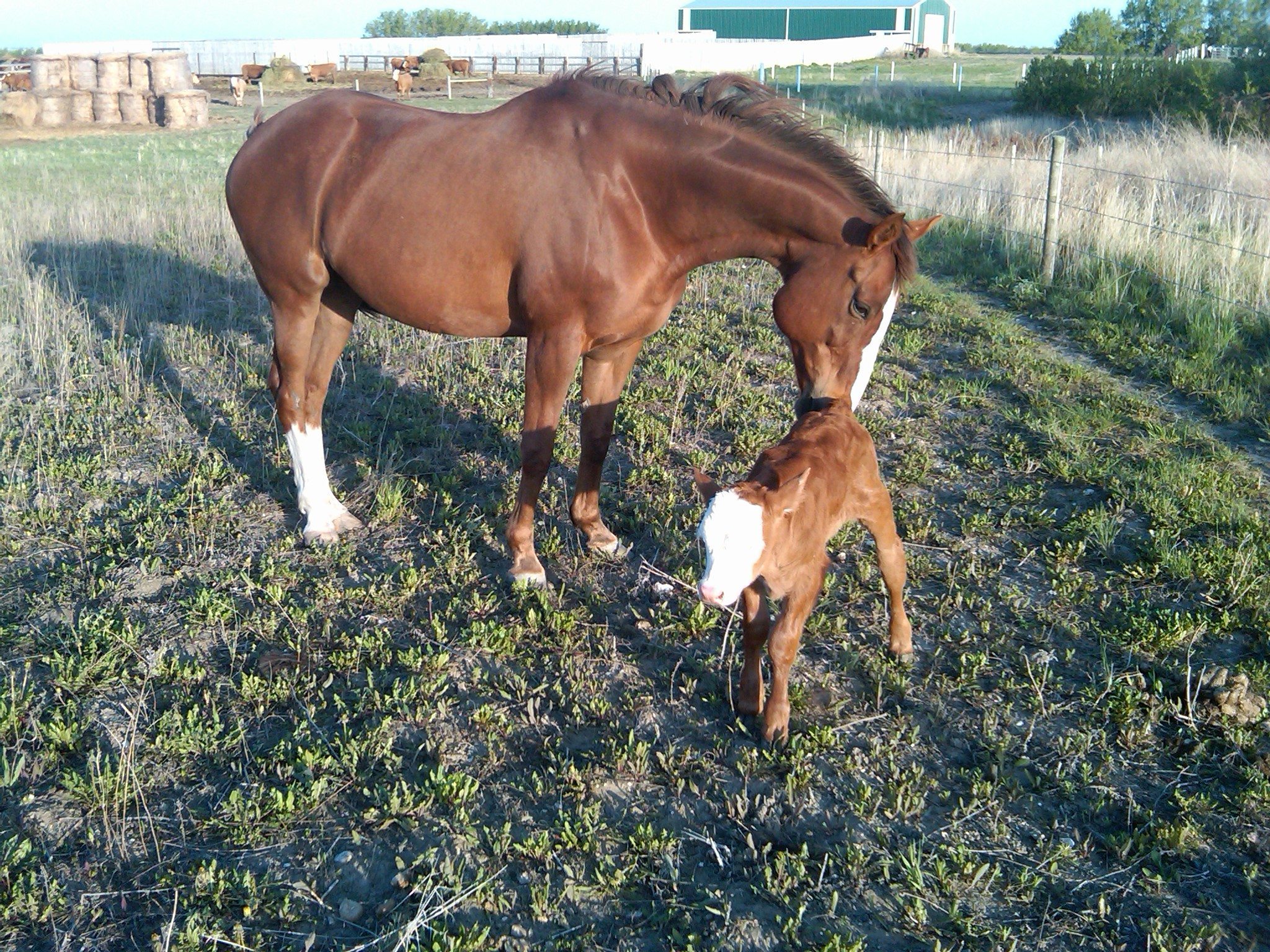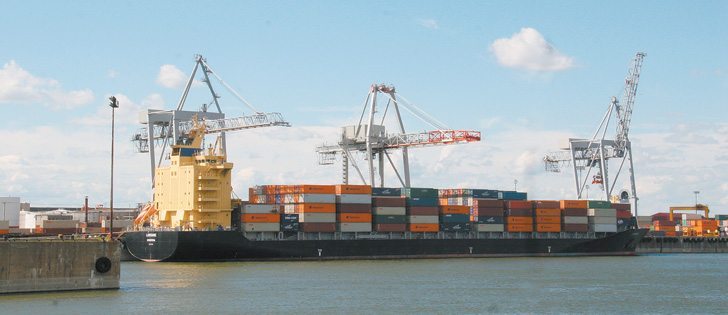There is a shocking picture on the AccuWeather.com site dated July 16, depicting corn stalks, almost unrecognizable as such, lying withered and brown, flat on the ground.
The photo was taken near Farmingdale, Illinois. The name is horribly ironic. I am admittedly not a corn farmer, but I have never seen anything like that in my lifetime, outside pictures from Africa.
On July 19, the weather site reported that 42 percent of the United States is in severe to extreme drought, compared to 43 percent in July 1988, 45 percent in July 1954 and 61 percent in July 1934.
Read Also

Budget seen as fairly solid, but worrying cracks appear
The reaction from the agriculture industry to prime minister Mark Carney’s first budget handed down November 4th has been largely positive.
If I read this correctly, this is fourth worst drought of this century and the last. Some farmers say it’s worse than 1988, judging by the terrible quality of the crops.
While some rain was in the forecast for parts of the corn belt, AccuWeather was predicting little or no rainfall in the central portion of the drought-stricken area into this week. It’s too late for most of these crops, but just to add more misery to the situation, the weather forecaster is predicting very dry conditions or spotty rainfall into mid-August.
There’s a good map that clearly outlines the worst of the worst, with green zones described as “should be OK,” yellow zones as “rain needed” and red zones as “beyond help.” It’s a big red zone.
It’s tough to unravel one’s feelings about this drought. With a U.S. corn crop that’s shrinking in yield and value daily, the Canadian cereal crop is becoming more valuable. With dry conditions plaguing eastern Canadian crops, most of that value will accrue to Western Canada.
Meanwhile, soybeans are also suffering in the U.S., as their canopies refuse to fill out in the sweltering, dry conditions. Obviously, canola will benefit from a fall in soybean yield and quality.
Their awful losses will be our gains, should the weather continue to be at least reasonably favourable on the Prairies. Crops reportedly look better than they ever have in some areas.
But what the American farmers are going through is heartbreaking. You can relate. It has happened here, and will, some day, again.
Good crops and high prices notwithstanding, we still would not wish such a dreadful drought on anyone.














